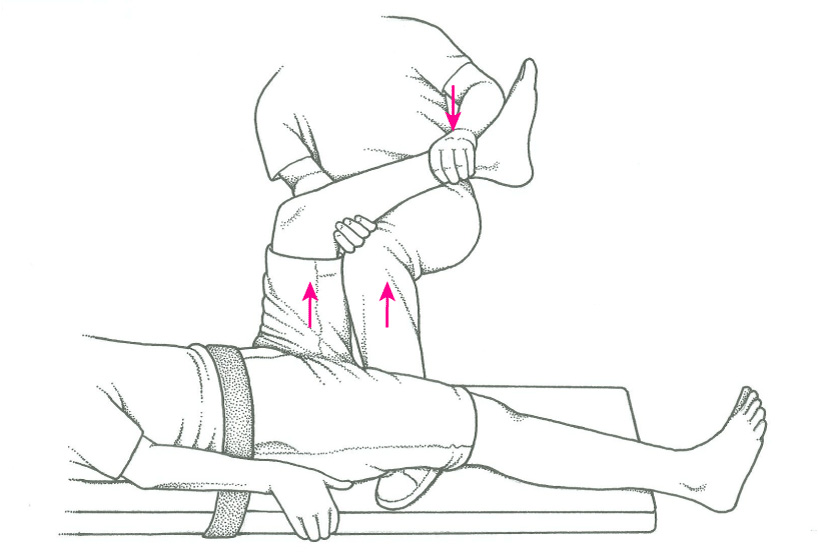Recent Posts
Powered by Damos Soluciones

Hip dislocation, unlike hip dysplasia, which is congenital, occurs when intense force is applied to the knees posteriorly while they and the hip are flexed, such as when sitting, causing the head of the femur to be pushed. backward, causing it to slip out of place within the acetabulum. A bump, fall, or trauma can cause this to happen.
The severity of this injury is not in it by itself, in most cases it is accompanied by other injuries such as Fractures of the Femoral Head, Patella Fractures, Anterior Cruciate Ligament injuries or Acetabulum Fractures, as well as other complications serious such as injury to the Sciatic Nerve and late Osteonecrosis if the Head of the Femur cannot be repositioned in time since the blood supply to it can be interrupted.
Symptoms:
When a hip dislocation occurs, the pain is very intense, the patient will not be able to move his thigh and will be completely immobilized. When the femur has moved backwards (Posterior Hip Dislocation) the injured leg looks shorter and will be turned inward. When the femur is displaced forward (anterior dislocation, less frequent) it will be rotated outward, and its shortening will not be as obvious as in posterior dislocation.

Handling:
In most cases, the treating doctor will choose to return the hip to its place, through a procedure called Reduction, there are different maneuvers that can be used to do it, it is up to the doctor to determine which one fits better, it is usually done with the sedation aid with medications or anesthesia. After returning the hip to its place, it should be verified with new X-rays and in some cases a CT scan that allows to detect fractures or fragments of bone or cartilage. If it is determined that there are no other acute injuries, it is likely that the patient will be sent home with crutches for a week and follow-ups with the Hip Orthopedist to evaluate the evolution of the articular cartilage and the Femoral Head.